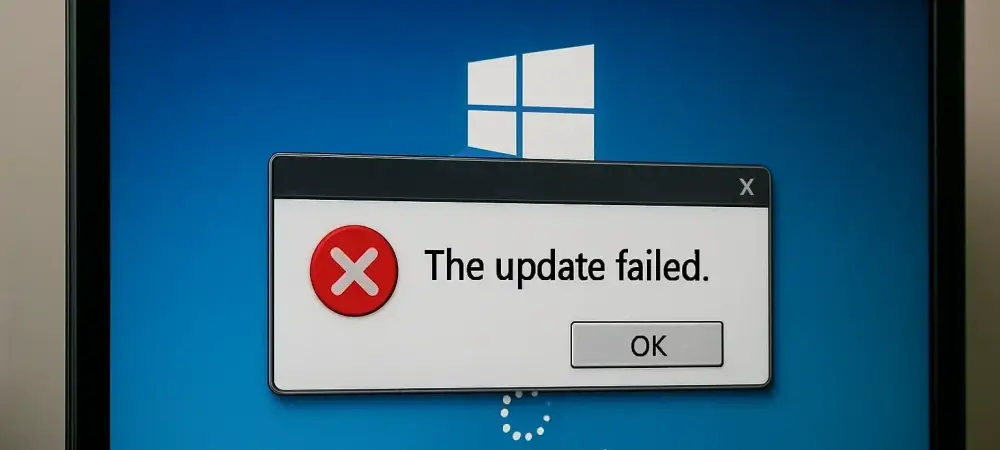I’m thrilled to sit down with Dominic Jainy, an IT professional whose deep expertise in cutting-edge technologies like artificial intelligence, machine learning, and blockchain has made him a trusted voice in the industry. Today, we’re diving into a recent issue that has stirred up frustration among Windows 10 users: misleading ‘end of support’ messages popping up after a security update. Dominic brings a wealth of insight into operating systems and software updates, making him the perfect person to help us unpack this situation. We’ll explore how this glitch emerged, what Microsoft is doing to address it, and the broader implications for users and IT teams managing enterprise environments.
Can you walk us through what caused the recent ‘end of support’ message to appear for Windows 10 users, even for those enrolled in extended support programs?
Absolutely. This issue cropped up after Microsoft released the KB5066791 update, which was part of the October security patch rolled out a few weeks ago. It affected specific versions of Windows 10, namely version 22H2 across Pro, Education, and Enterprise editions, as well as Windows 10 Enterprise LTSC 2021 and IoT Enterprise LTSC 2021. Despite users being enrolled in the Extended Security Updates (ESU) program or still within their support lifecycle, they started seeing a message in the Windows Update Settings page claiming their version had reached the end of support. It was quite a shock for many, especially since they’d taken steps to ensure continued updates.
How did Microsoft characterize this issue, and does it impact actual security updates for affected users?
Microsoft was quick to clarify that this is purely a display error. The message showing ‘end of support’ is incorrect and doesn’t reflect the actual status of security updates. For users with an active ESU license, or those on LTSC 2021 editions, security updates are still being delivered as promised. It’s just the messaging in the interface that’s wrong, which, while frustrating, doesn’t compromise the system’s protection.
What actions has Microsoft taken to correct this misleading message for users?
Microsoft has deployed a solution using a mechanism called Known Issue Rollback, or KIR. This is essentially a way to reverse a specific problem caused by an update without rolling back the entire patch. They’ve also pushed a cloud configuration update to fix the display error. However, they’ve acknowledged that not everyone will see the fix immediately due to various connectivity or configuration issues on the user’s end. It’s a step in the right direction, but it’s not a universal solution just yet.
Why might some users still see this incorrect message even after Microsoft released a fix?
There are a few reasons for this. If a device isn’t connected to the internet, it can’t download the cloud configuration update that corrects the message. Additionally, certain settings like restrictive firewall rules, disabled OneSettings downloads via Group Policy, or other blocks on dynamic updates can prevent the fix from being applied. It’s a reminder of how interconnected modern updates are with online services and how local configurations can sometimes interfere.
For users or IT teams still dealing with this message, what practical steps can they take to resolve it manually?
Microsoft has provided a workaround for enterprise-managed devices using a special Group Policy tied to the KB5066791 update, specifically labeled as the ‘251020_20401 Known Issue Rollback.’ It’s located under Computer Configuration in Administrative Templates. The process involves installing and configuring this policy, setting its value to ‘Disabled,’ and then restarting the device to apply the change. It’s a bit technical, but detailed guidance is available on how to deploy KIR via Group Policy. This should clear up the message for those who can’t wait for an automatic fix.
How does a glitch like this affect IT departments managing large numbers of devices in an enterprise setting?
For IT teams, this kind of issue can be a real headache. Rolling out a manual fix like the Group Policy across hundreds or thousands of devices takes time and coordination. There’s also the challenge of ensuring all devices are online or configured to accept updates, which isn’t always the case in complex environments. Plus, it can erode trust among end-users who see alarming messages and start questioning the system’s reliability. IT departments often have to balance firefighting these issues with their regular workload, which adds to the stress.
What’s your take on Microsoft’s long-term approach to preventing display errors like this from happening again?
Microsoft has indicated they’re working on a permanent fix to be included in a future update, which will eliminate the need for manual interventions like Group Policy tweaks. While they haven’t specified an exact timeline, the commitment to resolving it in a future patch suggests they’re taking it seriously. From my perspective, they could improve by enhancing pre-release testing for UI elements in updates, as these kinds of display errors, while not critical to security, can significantly impact user confidence. A more robust beta testing phase involving diverse user environments might help catch these glitches earlier.
Looking ahead, what is your forecast for how Microsoft will handle Windows 10 support challenges as the official end of mainstream support looms closer?
I think Microsoft will continue to refine their communication and update mechanisms to avoid confusion, especially as more users transition to Windows 11 or rely on ESU for Windows 10. We’re likely to see more automated, cloud-driven fixes to streamline issue resolution, but they’ll need to balance that with support for offline or restricted environments. There’s also a growing emphasis on transparency—acknowledging errors quickly and providing clear workarounds, as they’ve done here. Ultimately, I expect them to push harder for Windows 11 adoption while ensuring ESU remains a viable, hassle-free option for those who can’t upgrade yet.

